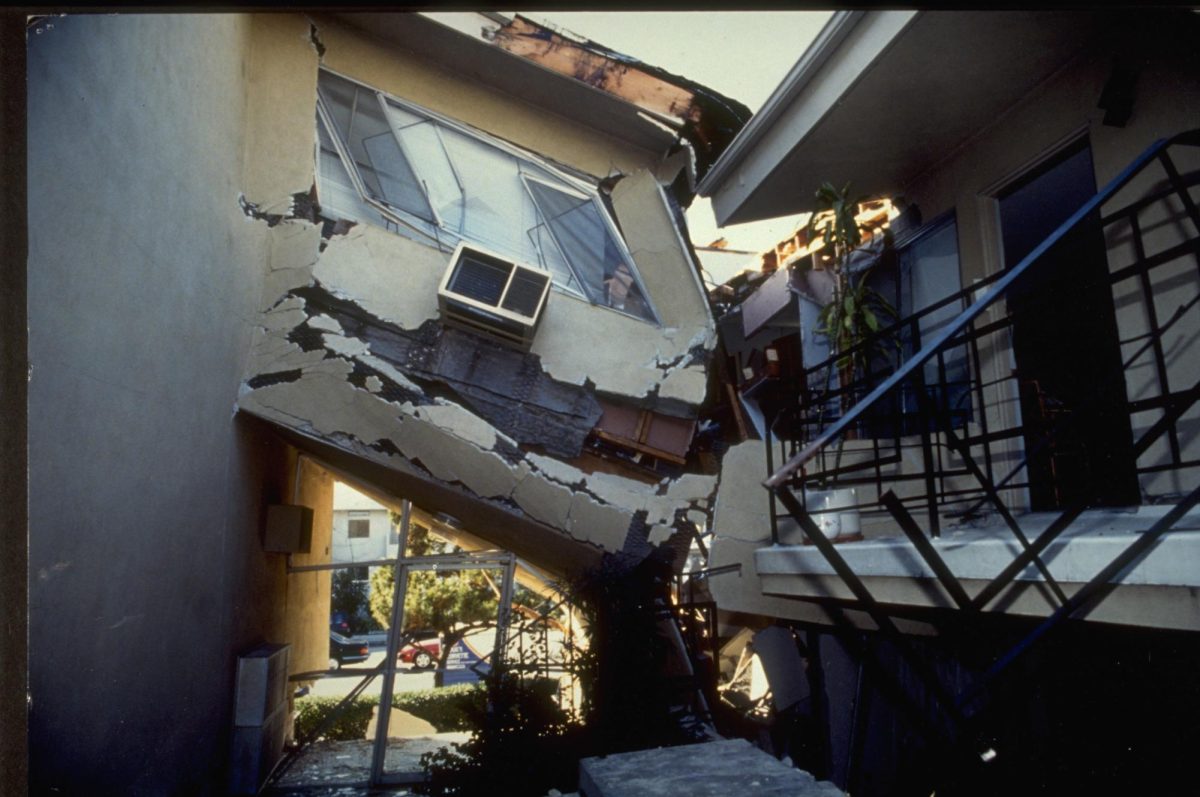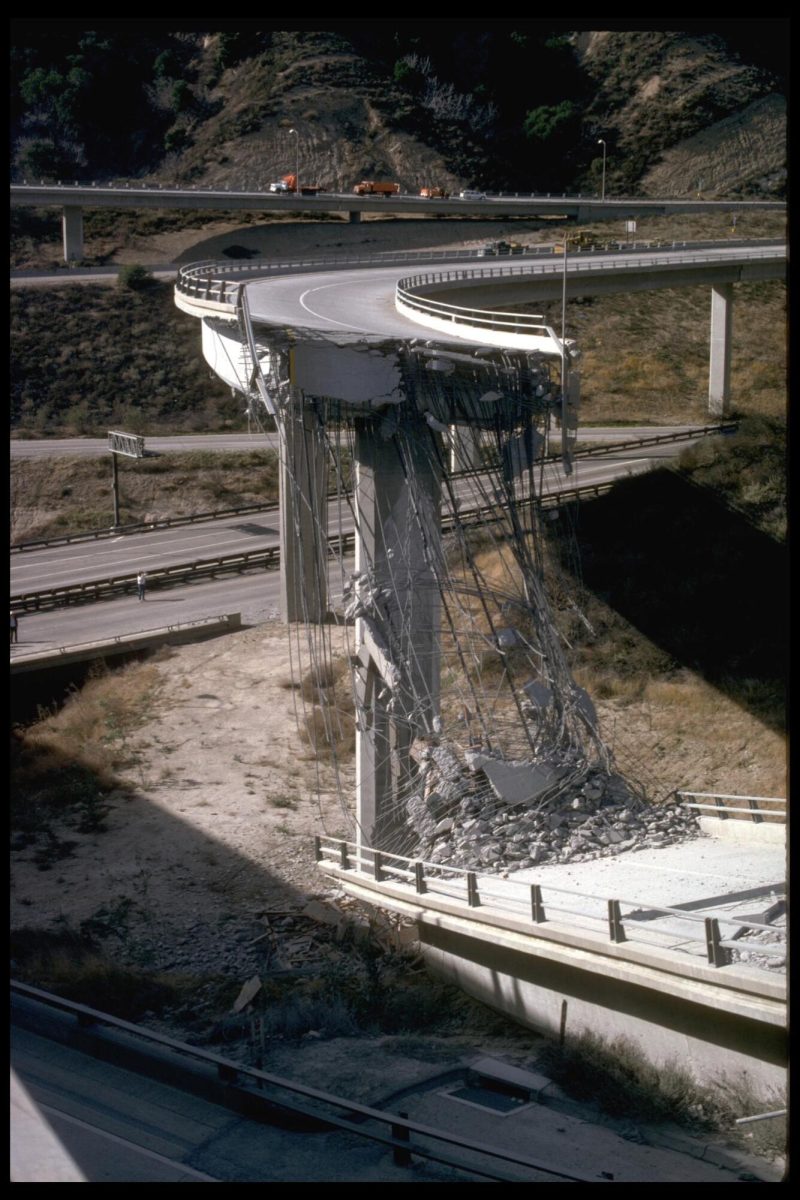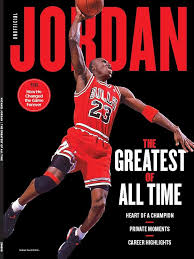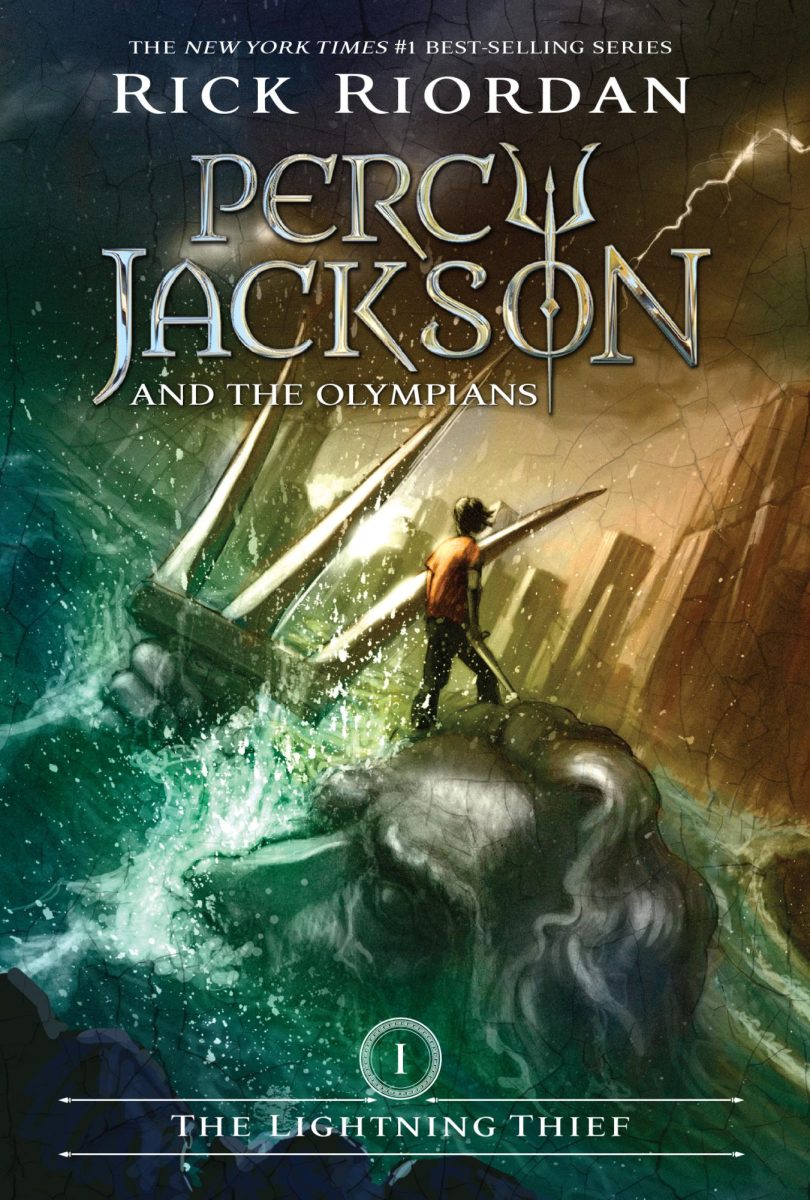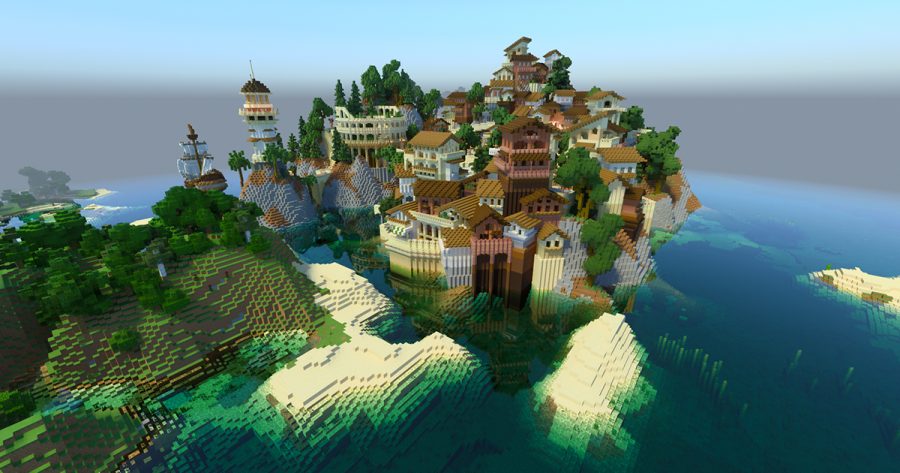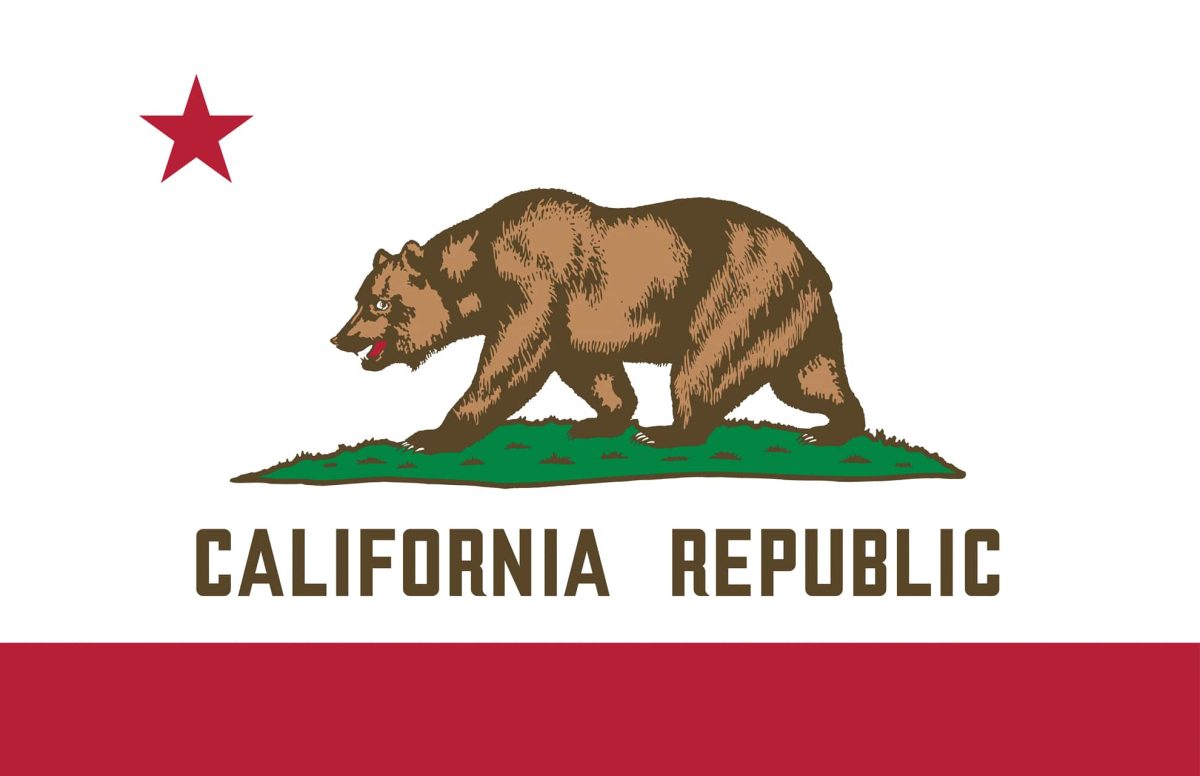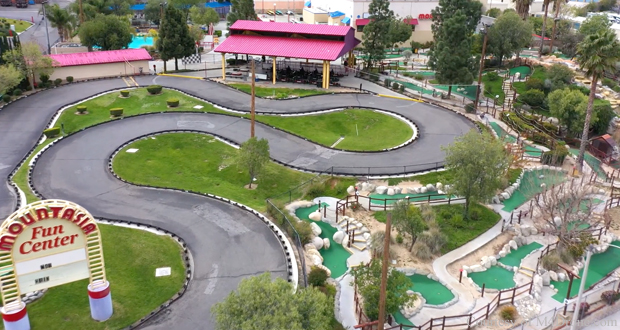The story of Lego started om 1932 in Billund, Jutland. Here, Ole Kirk Kristiansen, “a carpenter by trade…..” would start what would become one of the most outstanding companies of all time. According to Emil Persson, a content writer at Quartr, “[l]ike the rest of Denmark (and much of the world), the effects of the great depression lay like a heavy, wet blanket over him and his family” (Persson 2024). He had originally done work for farmers around Jutland, but prices went up, and many people were no longer able to afford his services. His wife had passed away in 1932, leaving him all alone with his four sons and a grim-looking future.

Kristiansen decided to start a woodworking company, and wood was an easy product to sell. Persson states, “[i]natially, the small outfit focused on easily marketable household items. but in 1932, he introduced a new line of products: wooden toys. His reasoning behind the shift was even in times of economic hardship, children need toys to play with” (Persson 2024). His company had begun to struggle financially, and Kristiansen decided to look to his siblings for help. Luckily, he was able to persuade his siblings to invest in him and his company. Afterward, Kristiansen hosted a competition to decide the company’s name. According to Persson, “[a]fter everyone in the small factory had the chance to submit their proposal, Ole Kirk Kristiansenannounced the winner: himself. He had taken the Danish words ‘Leg Godt’ (roughly translated to “play well”), shuffled some letters around, and came up with a name that is both short, snappy, and that embodies the company philosophy” (Persson 2024) Kristiansen is known to believe in quality above all. Persson states, “Kirk Kristiansen was first and foremost a craftsmen who took great pride in his work, even if his end customer was a young child. He wanted all LEGO products to stand the test of time and cut no corners during production” (Persson 2024). In 1942, something devastating happened: the factory caught in fire leaving Kristiansen feeling broken. Still, the disaster caused to factory to become bigger and better. Persson states, “[w]hile the old factory has served its purpose well, it had started to become a limitation due to its age. When the new facilities opened in 1943, it was state-of-the-art and well-equipped to handle production at a larger scale” (Persson 2024).
In 1946, Lego would enter the age of plastic. According to Persson, “In 1946, Ole Kirk Kristiansen attended a showcaseof a new type of plastic injection molding machine in Copenhagen. He was immediately sold on the idea and ordered one for the factory in Billund”(Persson 2024) Through 1947 and 1949, the employees would begin to become more acquainted with the machine and experiment with it. They would releasemany new plastic products, including “the forefather of the modern LEGO brick.” LEGO Automatic Binding Bricks were based on Kiddicraft’s, a British manufacturer, interlockable plastic cubes. Kiddicraft had found no success with the cubes, though.
This was around the time when Godtfred, Ole’s son, started taking over the company. This would be the start of the journey of the modern brick. Persson states, “After speaking with a purchasing manager of a large Copenhagen department store, he got an idea. The purchasing manager was far from impressed with the toy industry at the time, saying that there was no kind of system or cohesion between products. Godtfred was immediately
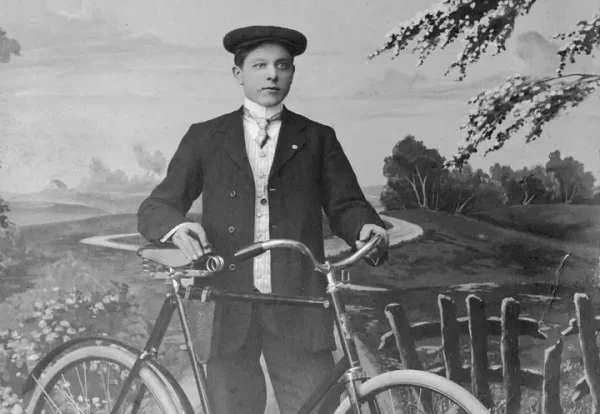
intrigued and became determined to bring a system to the toy industry.” Godtfred decided the best path moving forward was pursuing the plastic bricks, but there were problems. Persson states, “In 1958, he sat down to come up with a solution to a common problem faced by customers: lack of stability. While the bricks are interlockable, they quickly become unstable when building taller structures…” Godtfred came up with the method still used today, studs and tubes. As mentioned byEmil, “Each LEGO brick has cylindrical ‘studs’ on the top and hollow ‘tubes’ on the underside. When two bricks are pressed together, the studs fit snugly into the tubes, creating a firm connection. This interlocking system allows for strong, stable constructions and fixes the stability issue.” Later, in 1960, Lego decided to stop producing wooden toys altogether, after finding great success with the bricks.
In 1961, Godtfred’s cousin Dagny Holm would join the company as a model builder. Godtfred and the company would come to realize “that building large-scale models and worlds at the LEGO factory acts as a great form of advertisement for the possibilities that the bricks offer.” Dagny would prove to be exceptionally skilled at model building, thousands would flock in to see her creations at Lego’s showroom. While this was the intention, this quickly became too much, they quickly discovered having a showroom in conjunction with the factory was a problem. Luckily,
Godtfred came up with the great idea of making a “theme park displaying miniature worlds built completely out of LEGO bricks.” Godtfred teamed up with a storefront display designer from Copenhagen to pursue his idea. According to Persson, “Dagny Holm, who more than likely was the best model builder in the world at the time, assembled her team and got to work.” They would build the miniature city, which would be dubbed Miniland. “Restaurants and different attractions were installed and in the summer of 1968, Legoland Billund opened its doors to the public.” The park’s opening day was a major success, with more visitors than they ever expected. It was overwhelming, the park was severely understaffed. Even the executives had to get their hands dirty, within a year of being open, the park saw over 600,000 visitors. Persson states, “The popularity of the park led to expansions, and to this day it continues to be an important part of the company’s DNA. The original one is still standing in Billund and continues to be a popular tourist attraction…”
The 1960s would mark the beginning of Lego’s expansion worldwide. Persson states, “The 1960s were largely focused on international growth and ramping up production, something which proved to be two very worthwhile ventures.” Now, the 1970s was the time when themed sets were officially introduced. Persson says, “The box sets came with specific pieces and instructions to follow, enabling anyone who picked up the box to complete complex models without issues.”
In 1973, Godtfred would step down as the managing director, handing power over to Vagn Holck Andersen. Andersen would stay in power until Kjeld Kirk Kristiansen took over as CEO. The 80s and 90s were the point when Lego sets became more complicated and complex. Modern technology has also helped to improve the quality of the sets. Unfortunately, the 2000s would bring many

problems. Persson states, “facing serious financial crises due to over-expansion, a cooling toy market, and a plethora of operational inefficiencies, the company initiated a major restructuring. Kjeld Kirk Kristiansen stepped down as CEO and instead took over the role of Chairman of the Board. Jørgen Vig Knudstorp was appointed CEO…” Knudstorp would focus on the two things that had made the company successful: “the bricks, and the Lego System in Play.” (Emil)In the 2010s, Lego would end all of its outsourcing manufacturing agreements, meaning they would now produce their own products again. LEGO box sets would become the main item that Lego sold. Persson states, “with a wide array of different products including everything from famous buildings to spaceships.” Lego currently makes up about 5% of Denmark’s income.
Today, Lego is one of the most beloved toys in history, loved by both children and adults. Lego is an endless source of entertainment, creativity, and imagination. Legos can be assembled, disassembled, and reassembled into something every time. There truly is no limit to the creativity and joy that Lego brings to people around the world.
